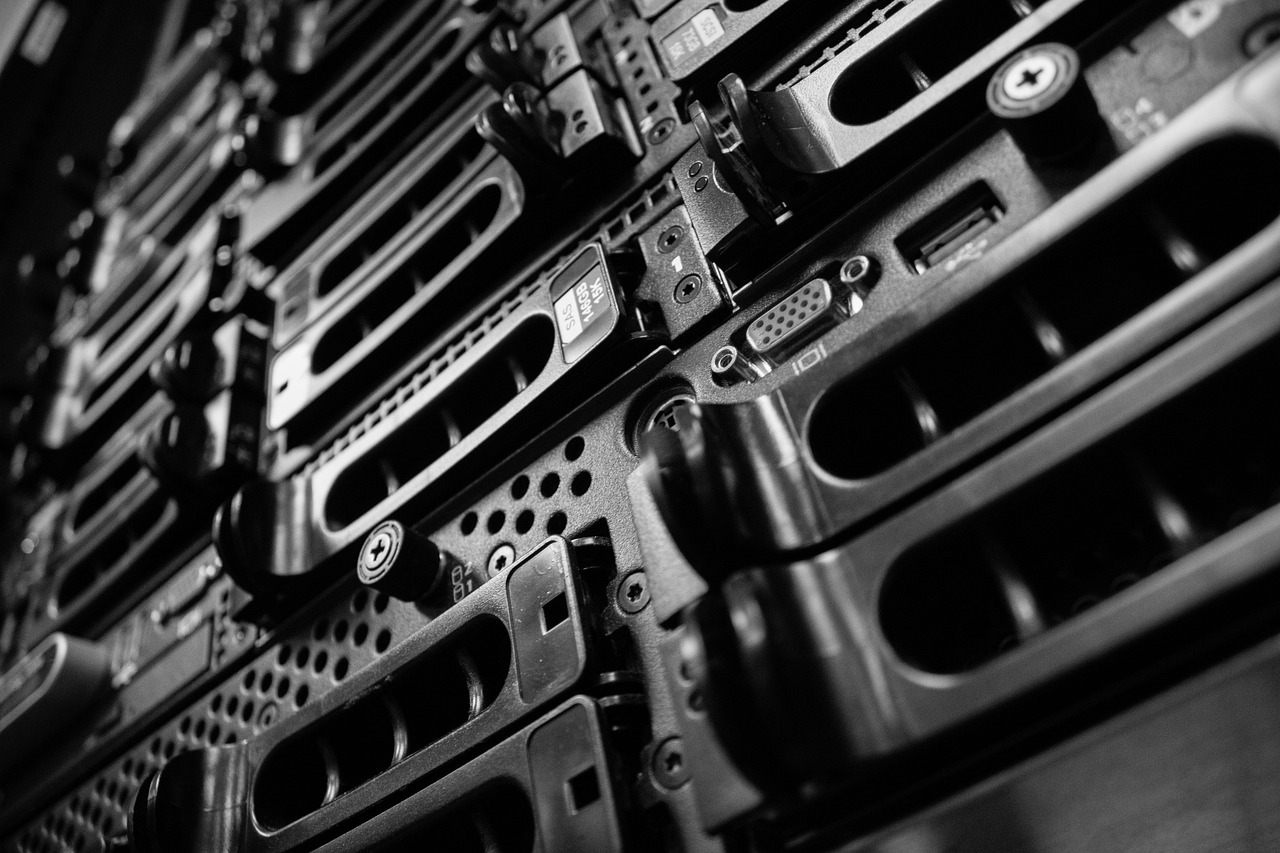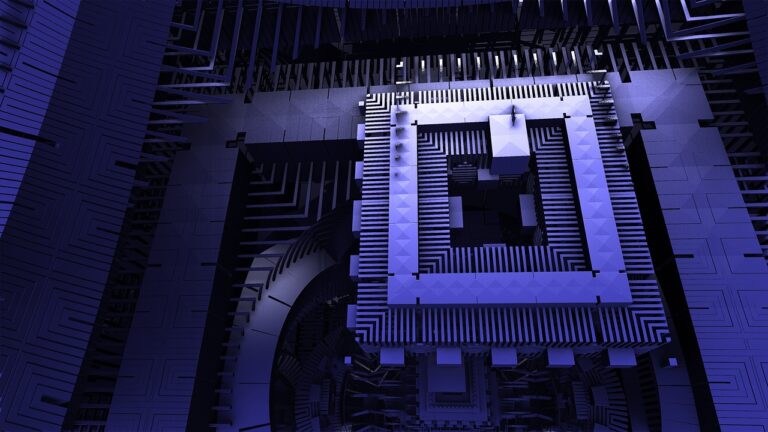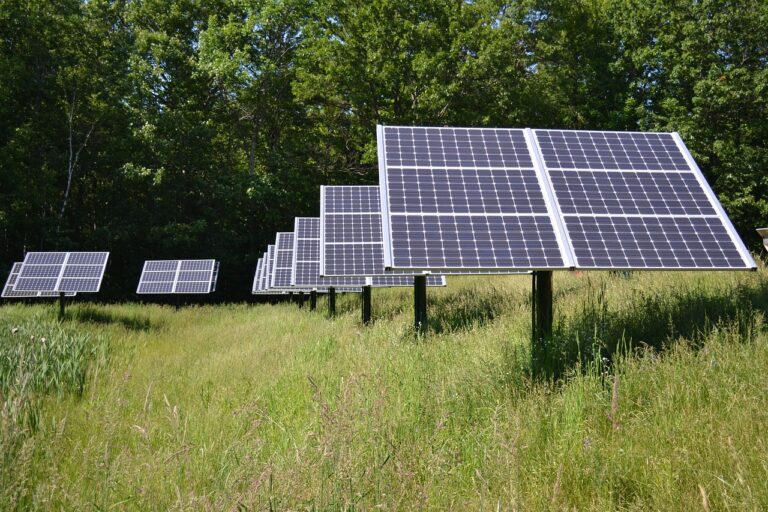The Rise of Edge Computing: Decentralizing Data Processing
As technology continues to advance at a rapid pace, the way we process data is evolving. One of the most significant shifts in recent years has been the rise of edge computing. This decentralized approach to data processing is transforming the way we think about computing power, storage, and connectivity.
What is Edge Computing?
Edge computing refers to the practice of processing data closer to where it is generated, rather than relying on a centralized data center. This allows for faster data processing and reduces the amount of data that needs to be sent back and forth over the network. By placing computing power closer to the source of data, edge computing can improve response times and reduce latency.
How Does Edge Computing Work?
Edge computing works by deploying small data centers or servers at the edge of the network, closer to the devices generating the data. These edge devices can process data in real-time, making split-second decisions without needing to send data back to a centralized server. This distributed approach to computing is especially useful for applications that require low latency, such as self-driving cars or IoT devices.
The Benefits of Edge Computing
There are several key benefits to edge computing. First and foremost, edge computing can improve response times and reduce latency for applications that require real-time data processing. By processing data closer to the source, edge computing can also reduce bandwidth usage and lower costs associated with sending data over the network.
Challenges of Edge Computing
While edge computing offers many benefits, there are also challenges to consider. One of the main challenges is managing the distributed nature of edge computing networks. Since computing resources are scattered across multiple edge devices, it can be challenging to ensure consistency and security across the network.
Edge Computing Use Cases
Edge computing has a wide range of use cases across various industries. In healthcare, edge computing can enable real-time monitoring of patient vital signs, allowing for faster diagnosis and treatment. In retail, edge computing can be used to personalize customer experiences and improve inventory management. In manufacturing, edge computing can optimize production processes and reduce downtime.
The Future of Edge Computing
As the demand for real-time data processing continues to grow, edge computing is expected to play an increasingly important role in the future of computing. With the rise of IoT devices, autonomous vehicles, and smart cities, the need for low-latency data processing will only continue to increase.
Conclusion
Edge computing represents a major shift in the way we process data, bringing computing power closer to the source of data and enabling real-time processing. While there are challenges to overcome, the benefits of edge computing are clear. As technology continues to advance, edge computing is likely to become an integral part of our digital infrastructure.
FAQs
Q: What is the difference between edge computing and cloud computing?
A: The main difference between edge computing and cloud computing is the location of data processing. Edge computing processes data closer to the source, while cloud computing relies on centralized data centers.
Q: What industries can benefit from edge computing?
A: Industries such as healthcare, retail, manufacturing, and transportation can benefit from edge computing by enabling real-time data processing and improving operational efficiency.
Q: What are the security implications of edge computing?
A: Edge computing introduces new security challenges, as data is processed across multiple edge devices. It is essential to implement robust security measures to protect data and ensure network integrity.





